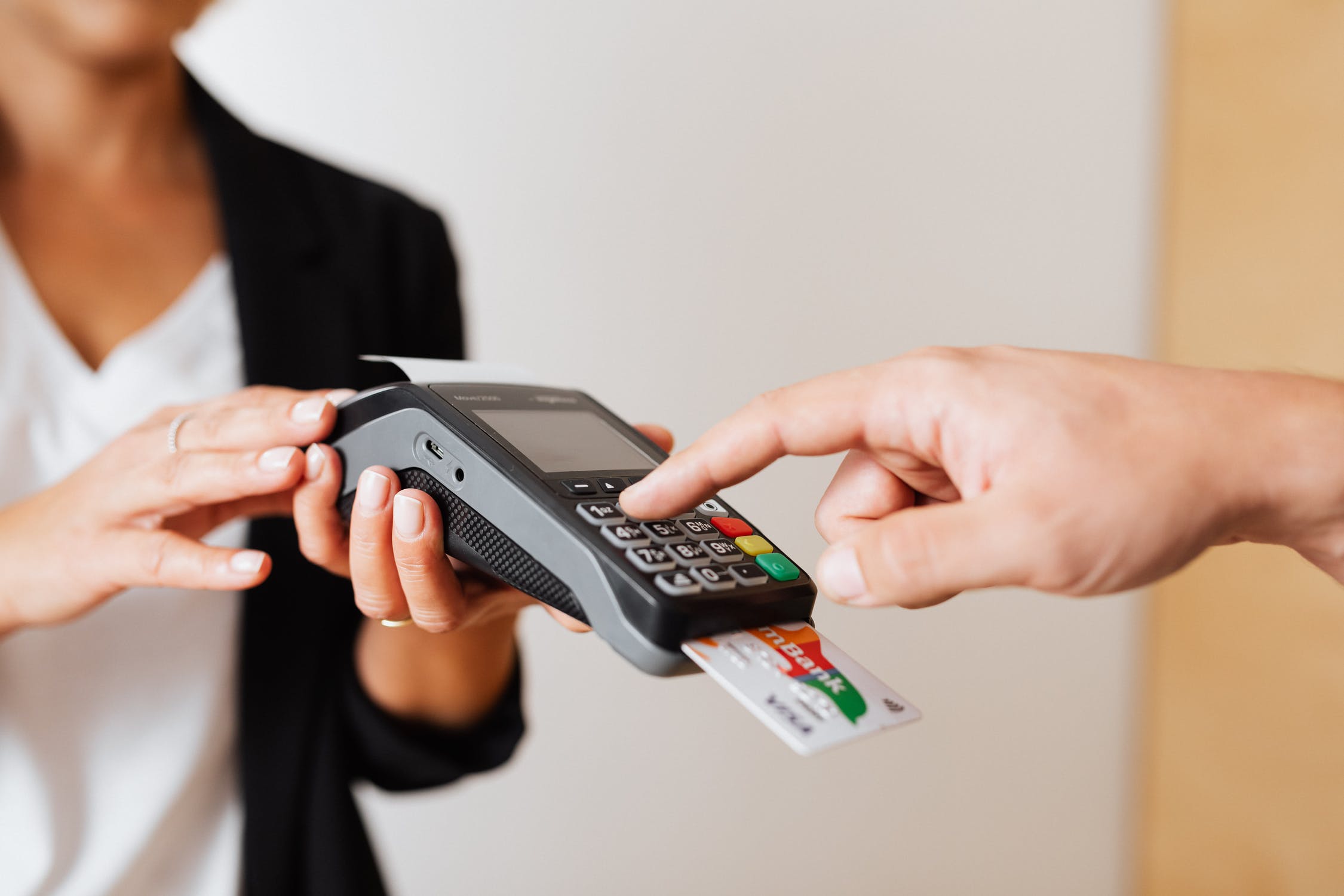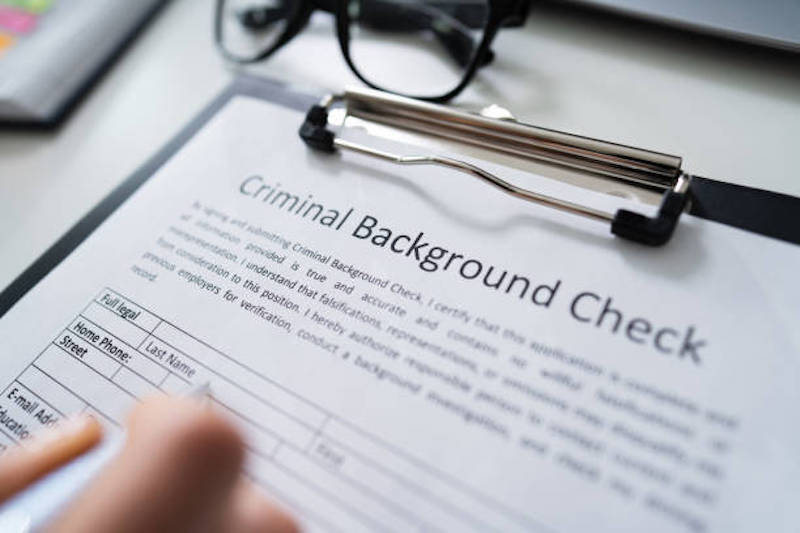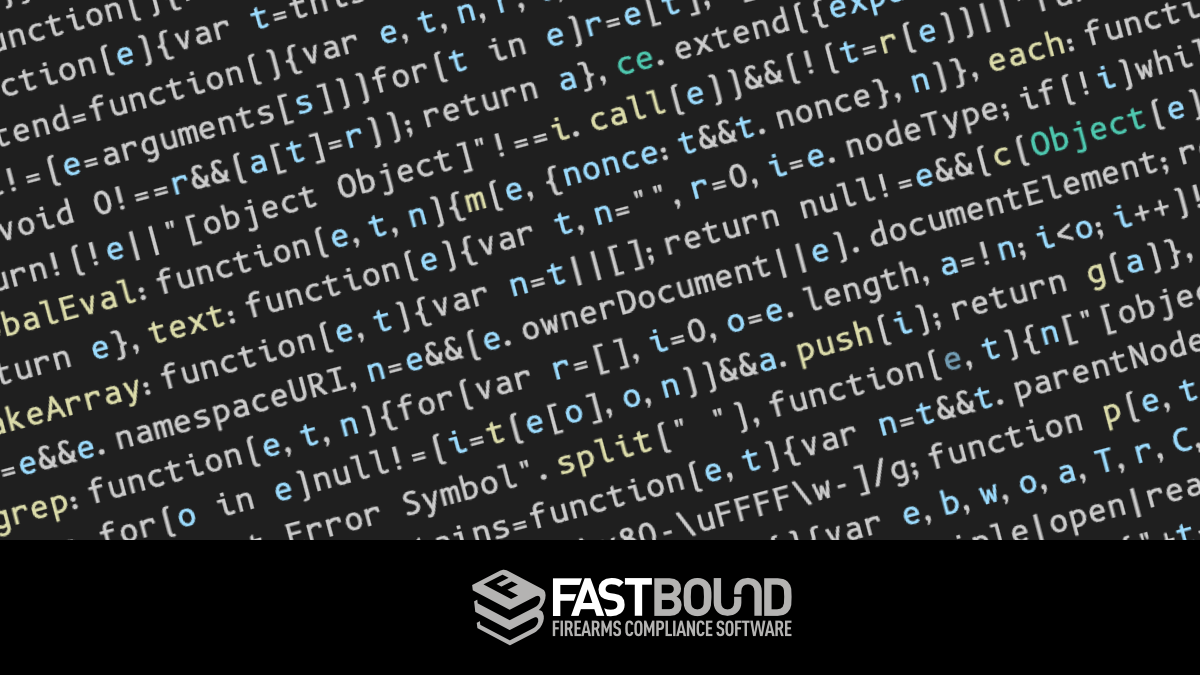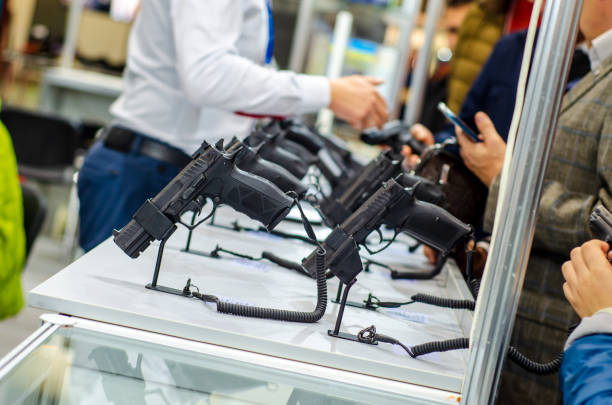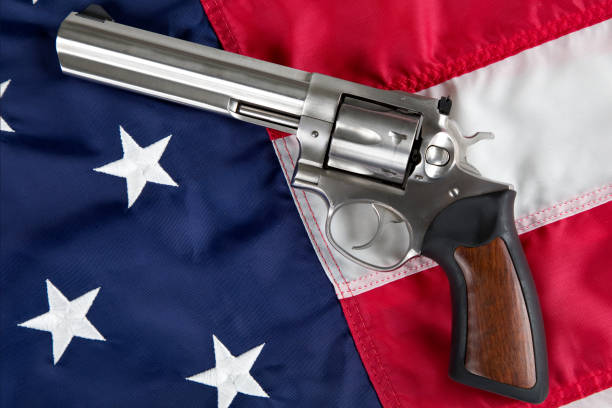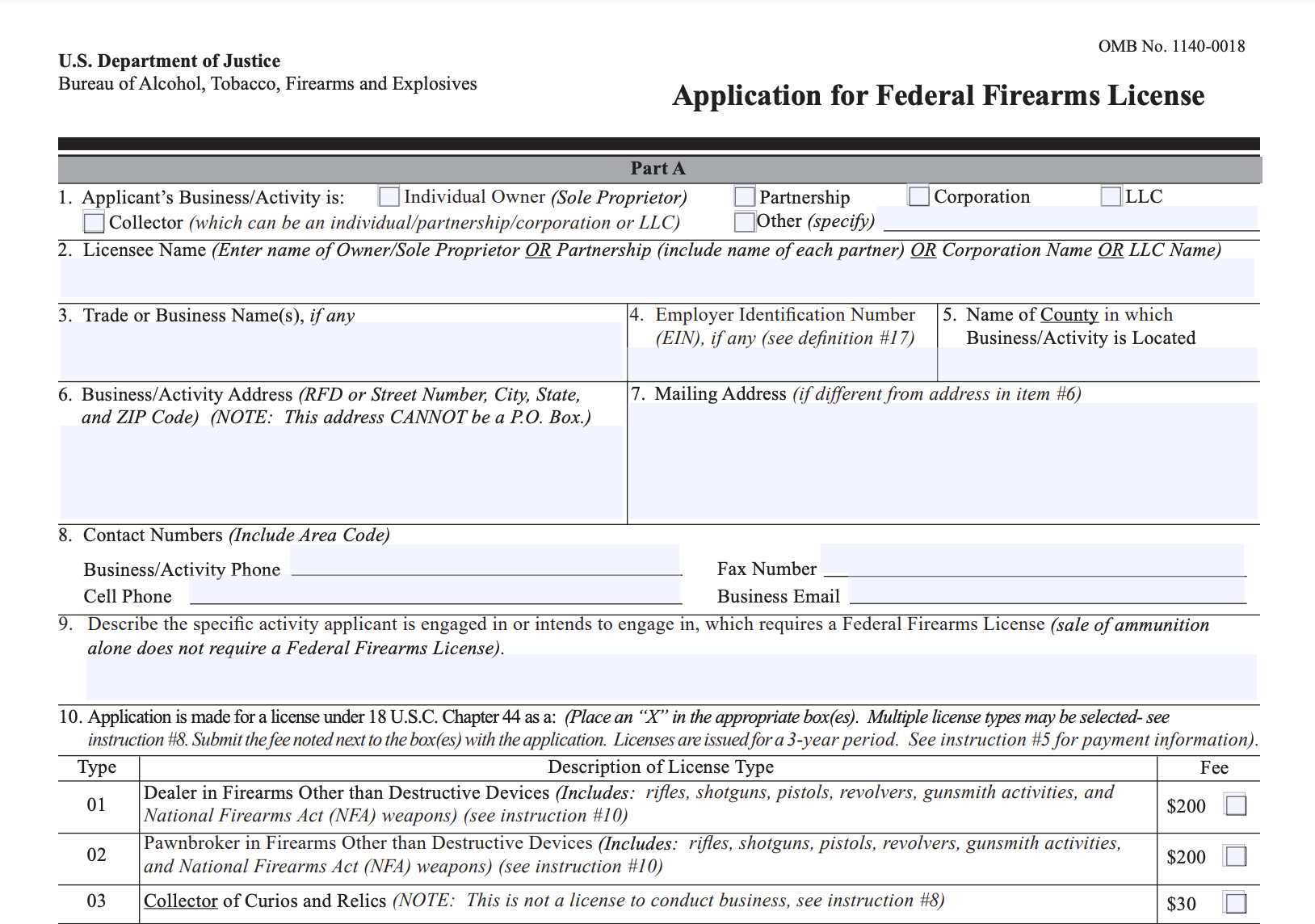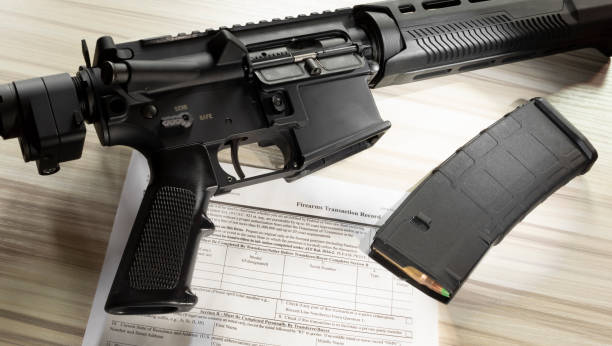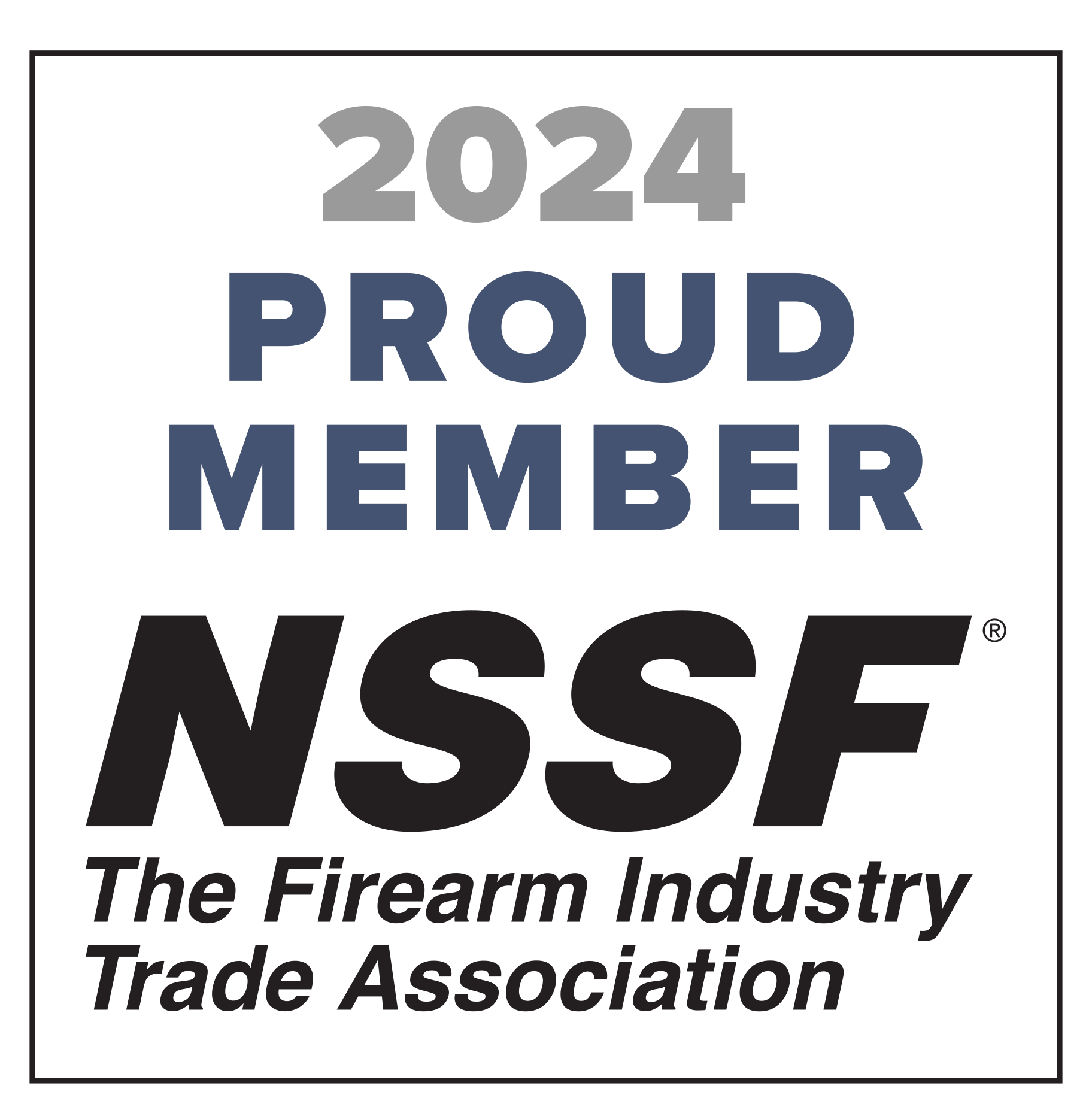As you’re probably well aware, maintaining acquisitions and dispositions (A&D) records and properly filling out 4473s are essential for ATF compliance. According to the ATF’s 2020 compliance fact sheet, not doing these things correctly was one of the most common reasons for violations that year.
But let’s be honest. This is often easier said than done. It’s difficult for firearms sellers of all sizes to be fully compliant at all times — even small-scale collectors. It can be tricky for large-scale dealers who make hundreds or even thousands of transactions each month. Besides the issue of compliance, lacking a streamlined system for handling A&Ds and 4473s can create bottlenecks during check-out that can hurt the customer experience.
Here’s how FFL POS integration can make this process more efficient, while simultaneously ensuring compliance and creating a better overall customer experience.
What is FFL POS Integration?
Simply put, it’s an electronic A&D and 4473 software specifically for FFLs that integrates with your point-of-sale (POS) system. Its main purpose is to simplify and streamline firearms transactions while ensuring complete ATF compliance. Rather than having to handle transactions and compliance paperwork separately, you can knock them both out in one fell swoop.
How Does it Work?
After choosing an FFL software, you simply sync it with your existing POS system. Note that platforms like FastBound are compatible with most POS systems. Even if it’s not, FastBound has an expansive Application Programming Interface (API) that can be added to your current software application.
Whenever you acquire a new firearm, the item will automatically flow into your inventory with an FFL POS integration. When a firearm is disposed of, the item will automatically be pushed over as a pending sale. That way you spend less time performing redundant manual paperwork and can keep accurate A&D records every step of the way.
As for 4473s, an FFL POS integration allows you to turn any computer, tablet, or smartphone into a fully compliant 4473, offering digital signature support and cloud-based storage. That way both you and the buyer can conveniently fill out your sections of the form, you can run a background check, and promptly move on to the next sale. With this setup, there’s no need to deal with double-entry because FFLs conveniently sync with POS systems, which means you can devote more time to core business operations.
What Are the Benefits?
There are three key benefits to FFL POS integration.
First, it ensures you keep accurate A&D records and that 4473s are filled out correctly while eliminating much of the manual hassle of the process. Many firearms sellers love their job and are passionate about it. However, the administrative aspect can be quite burdensome. Given the compliance-heavy nature of this industry, it’s easy to get bogged down in paperwork and administrative tasks. Not only is it time-consuming, it’s stressful when you know your business is on the line. But with FFL POS integration, you can greatly simplify this part of firearms selling, freeing you up to focus on core business operations rather than paperwork.
Second, it’s a game-changer for improving compliance. Earlier we mentioned that failing to maintain (A&D) records and properly filling out 4473s are some of the top reasons for ATF violations. But to truly understand just how problematic this is for firearms sellers, here’s a table of the most frequently cited violations from 2020.
Notice that 27 CFR 478.125(e) “Failure to maintain an accurate/complete/timely A&D record of firearms” is number one overall, and 27 CRF 478.124(c)(1) “Failure to obtain a completed ATF F 4473” is number two.
Notice how issues involving A&Ds and 4473s pop up multiple other times lower down in the table. With 39,449 criminal investigations initiated in 2020, it’s incredibly important for gun sellers to take compliance seriously.
FFL POS integration ensures the absolute highest level of ATF compliance. These platforms are always up-to-date with the latest laws and regulations and are designed to process thousands of transactions while keeping everything 100% above board. That way you have peace of mind that your business is compliant without having to meticulously double-check everything manually.
Third, it can create a much better customer experience. Here’s a common scenario.
You’re at a peak time of busyness during the day where you’ve got a spike of customers in your store. You’ve got customers checking out products who need answers to their questions and you’ve got a growing line of customers who are ready to check out. If you’re using “old school” techniques of handling A&Ds and FFLs through traditional paperwork at the point of sale, it’s going to clog up the line where customers become increasingly impatient. In some cases, this can result in lost sales where customers walk out and even harm your reputation if customers share their bad experiences with others.
FFL POS integration streamlines the process, prevents long queues, and ensures compliance. This makes for much happier customers where they can move throughout the check out with minimal friction, and you can also tend to others who have questions.
To recap, FFL POS integration:
- Saves you time and reduces paperwork
- Keeps your business fully ATF compliant
- Provides a better customer experience
What Product Should I Use?
While there are multiple products on the market, hands down one of the best is FastBound. As we noted earlier, it’s a high-quality product that syncs with an ever-growing list of POS systems. So, odds are, it’s compatible with the POS you’re currently using.
However, if you’re using a system that we don’t already integrate with, FastBound has a robust API that enables you to easily add it to your available software application. This means you won’t have any issues syncing FastBound with your POS system, and you can get it up and running with ease.
One of the main reasons why firearms sellers prefer FastBound over other products is because it offers guaranteed compliance and an attorney-backed legal defense. Currently, no one else on the market offers this, and having built-in access to a legal expert gives you peace of mind that you’re covered even in a worst-case scenario.
Besides that, FastBound offers an array of other great features including the following:
- FFL autocomplete to automatically fill out license numbers, addresses, and expiration dates to expedite form filling
- Multi-state background check to automate NICS and makes it simple to sell in multiple states (this includes phone-in states like Nevada)
- Integrated EZ Check to verify an FFL number quickly, accurately, and securely
- Compliance warnings to proactively alert you about potential compliance violations
- Smart search to quickly and efficiently locate the information you’re looking for
- Automated backups so you don’t have to worry about retaining records (they can be kept on file for at least 20 years, as is mandated)
- High-level digital security so you know your firearms records information is fully protected
Making Your POS System Smooth and Compliant
The point of sale has historically been a source of friction for many firearms sellers. Without a streamlined system, it can lead to bottlenecks which creates stress for business owners and annoyances for customers. Using an FFL POS integration, however, can make the point of sale far more efficient while simultaneously providing the highest possible level of compliance.
When you choose a reputable provider like FastBound, you also get guaranteed legal defense. You can learn more and get the full details here.
